The rhythmic dance of geysers has captivated scientists and travelers alike for centuries. These natural hydrothermal features erupt with clockwork precision, yet their underlying mechanisms remain shrouded in geological mystery. From Yellowstone's iconic Old Faithful to Chile's El Tatio field, intermittent eruptions follow patterns that reveal Earth's hidden plumbing systems.
What makes geysers tick? Beneath their steamy vents lies an intricate network of fractures, chambers, and constrictions that function like a colossal pressure cooker. As groundwater percolates downward, it encounters magma-heated rocks superheating the water beyond normal boiling points. The constricted plumbing traps this pressurized fluid until critical thresholds are breached, resulting in spectacular eruptions that can shoot water hundreds of feet skyward.
Researchers using seismic sensors and temperature probes have decoded fascinating behavioral patterns. Geysers don't simply erupt at fixed intervals—their cycles respond to atmospheric pressure, groundwater recharge rates, and even seismic activity from distant earthquakes. The famous Strokkur geyser in Iceland, for instance, demonstrates remarkable adaptability, adjusting its 6-10 minute eruption cycle based on subtle environmental changes.
The heartbeat of hydrothermal systems manifests through these eruption intervals. Like cardiologists studying EKGs, volcanologists analyze "geysergrams" to understand subsurface dynamics. At Norris Geyser Basin in Yellowstone, instruments have revealed how interconnected channels cause geysers to "communicate"—when one erupts, others may temporarily alter their rhythms through underground pressure waves.
Climate change introduces new variables to this delicate balance. Decreasing snowfall reduces groundwater recharge, while rising temperatures may alter eruption frequencies. Chilean researchers have documented significant interval changes at Tatio's geysers following prolonged droughts, suggesting these systems serve as sensitive hydrological barometers.
Human interference presents another wildcard. The legendary Waimangu Geyser in New Zealand, once capable of 1,500-foot eruptions, ceased activity after a landslide altered its plumbing in 1904. Similar sensitivity was observed when Yellowstone's Steamboat Geyser—the world's tallest active geyser—dramatically changed its eruption patterns following the 1959 Hebgen Lake earthquake.
Geysers as cosmic analogs extend their significance beyond Earth. NASA studies hydrothermal systems as potential analogs for extraterrestrial environments. The Cassini spacecraft observed geyser-like plumes on Saturn's moon Enceladus, while Jupiter's Europa may host similar features beneath its icy crust. Understanding terrestrial geyser periodicity helps scientists interpret these distant phenomena.
The cultural dimension adds richness to their scientific value. Indigenous traditions often incorporate geysers into creation stories and healing practices. In Iceland, medieval laws protected geyser basins as communal treasures, while Maori legends describe the Waimangu system as the dwelling place of ancestral spirits. This cultural reverence frequently predates scientific understanding by centuries.
Modern monitoring techniques continue revealing surprises. High-speed cameras capture micro-eruptions preceding major events, while chemical sensors detect dissolved mineral changes signaling impending activity. At Yellowstone's Lone Star Geyser, researchers discovered that each 3-hour cycle actually consists of multiple smaller eruptions building toward a climax—like geological symphonies with distinct movements.
As climate patterns shift and exploration technology advances, geysers will undoubtedly continue surprising us. Their pulsating rhythms connect surface phenomena with deep Earth processes, offering windows into our planet's beating heart while reminding us of nature's delicate equilibriums. Whether serving as tourist attractions, research subjects, or cultural touchstones, these remarkable features demonstrate how Earth's most spectacular displays often follow nature's meticulous timekeeping.

By John Smith/Apr 28, 2025
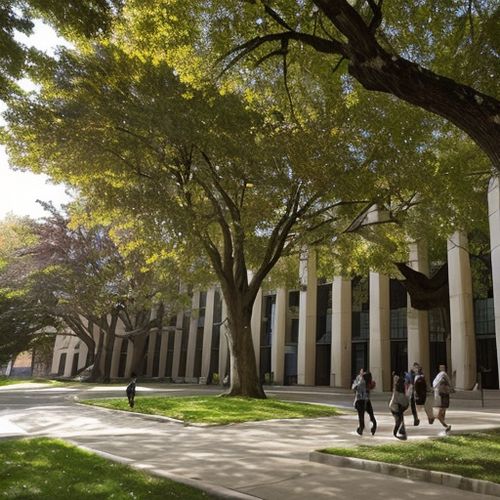
By Christopher Harris/Apr 28, 2025
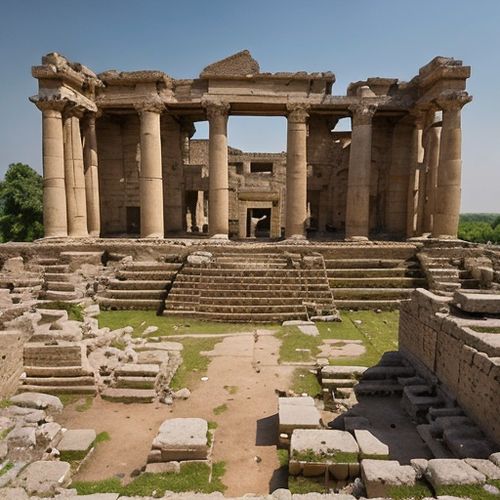
By Sophia Lewis/Apr 28, 2025

By Amanda Phillips/Apr 28, 2025

By George Bailey/Apr 28, 2025

By Christopher Harris/Apr 28, 2025

By Thomas Roberts/Apr 28, 2025

By James Moore/Apr 28, 2025

By Eric Ward/Apr 28, 2025

By Thomas Roberts/Apr 28, 2025
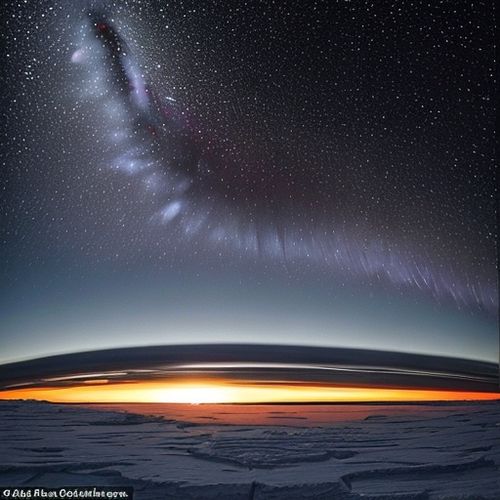
By Sophia Lewis/Apr 28, 2025

By Joshua Howard/Apr 28, 2025
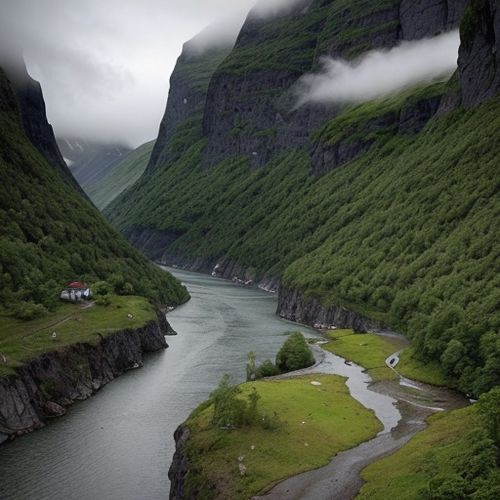
By Jessica Lee/Apr 28, 2025
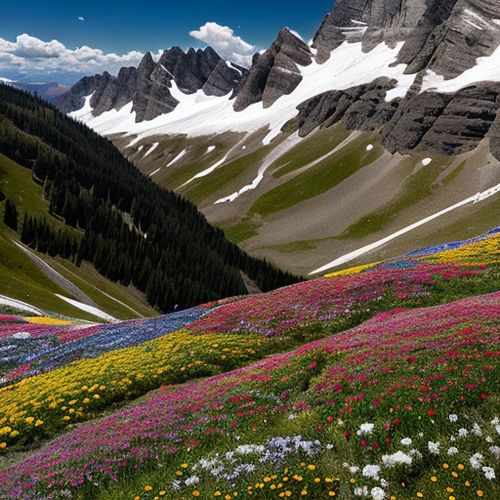
By Christopher Harris/Apr 28, 2025
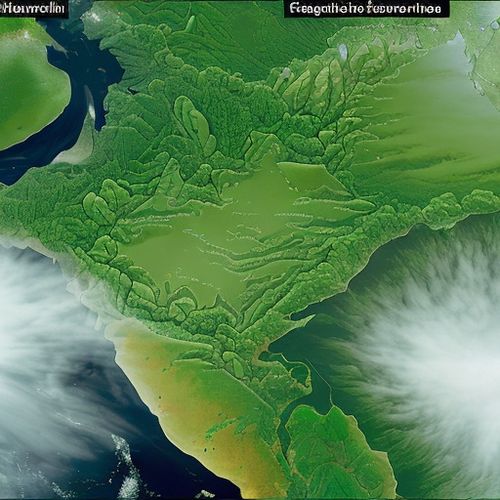
By Elizabeth Taylor/Apr 28, 2025

By Rebecca Stewart/Apr 28, 2025
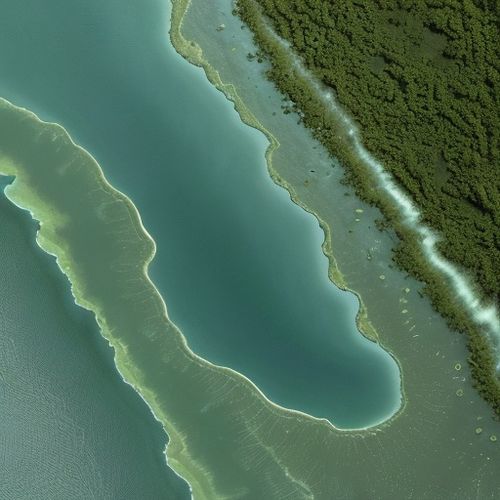
By Amanda Phillips/Apr 28, 2025
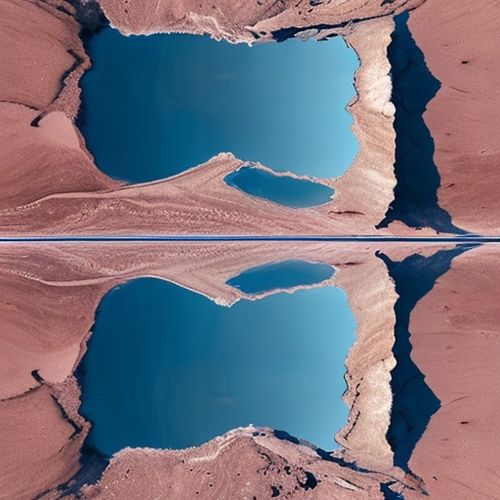
By Michael Brown/Apr 28, 2025
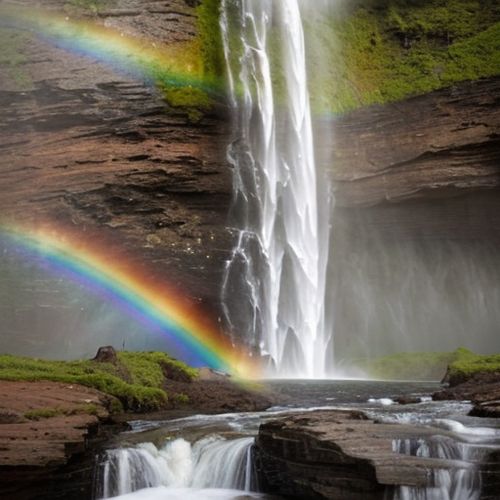
By James Moore/Apr 28, 2025
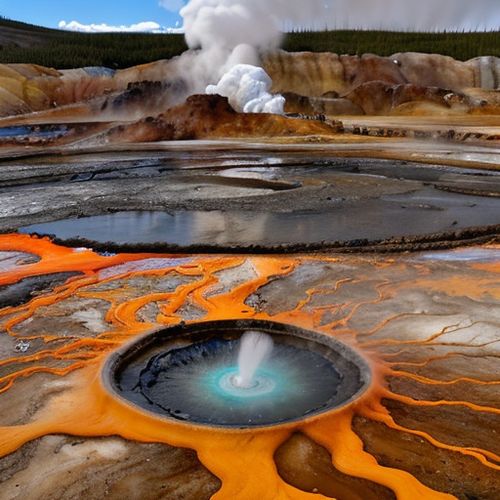
By Sophia Lewis/Apr 28, 2025